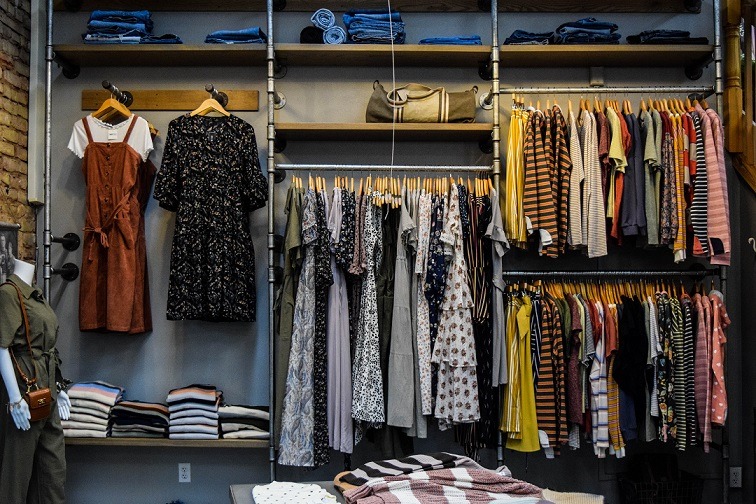Having too much inventory can cause a lot of waste: it consumes money, you have to pay extra to monitor inventory, and it increases your overall operating expenses. Therefore, you should understand how to maximize profits and control cash flow through these inventory management strategies. If your supplier is often late with delivery or under-ordering, it's time to take action and prepare to change suppliers. Keep a close eye on the sales of each item and become familiar with their entire sales cycle, including weekly or monthly sales numbers. For a growing company, managing inventory can take more time than managing the company itself. Inventory management software helps stores monitor inventory levels and can be a cost-effective alternative to adjusting prices for fluctuating supplies or changing prices based on customer demand.
Many small companies fail to properly oversee their product inventory. Due to insufficient inventory, some companies are unable to meet customer demand. This is a practice that drives customers away, perhaps even permanently.
However, many companies do the opposite and stock up on excessive inventory "just in case." The downside of this approach is that although you always have what customers want, you will still lose money. Having too much inventory is wasteful in multiple ways: it eats up money, forces you to pay extra to monitor inventory, and increases your overall operating expenses.
Between these two extremes, good inventory management can be found. You'll have to invest more time and energy into planning if you want to run an efficient management process, but the rewards will be more substantial in the long run.
Learn how to maximize profits and control cash flow with these 8 proven inventory management strategies.
Inventory Management for Grocery Stores
1. Sort Your Inventory
Categorizing your inventory will help you determine which products are critical to your operations, but are also the most expensive and slowest to move. Professionals recommend that you sort your inventory into categories A, B, and C. Products are more expensive and you only need small quantities. Category C products are more likely to be discarded and have a higher turnover rate. Category B items fall somewhere in the middle, with prices between category C and A items and sales prices somewhere in between.
2. Track Product Information
Make sure you track detailed information about the products you have on hand. Specific item numbers, barcode information, supplier name, country of origin, and batch numbers should all be recorded here. Consider keeping an ongoing record of merchandise costs to adjust for supply, demand, and seasonality.
3. Check your inventory
At the end of each year, several companies do a complete inventory count. Some businesses randomly check best-selling products monthly, weekly, or daily. Many people participate in each of these activities. Make a habit of doing physical inventory regularly, or at least do it frequently to ensure it matches your records.

4. Review supplier performance
Unreliable suppliers can have a disastrous effect on inventory. If your supplier is frequently late or under-ordering, it's time to take action. Talk to your supplier and figure out what's going on. If you don't want to risk running out of inventory, you should be prepared to change suppliers.
5. Use the 80/20 rule
Typically, 20% of your inventory will provide 80% of your revenue. In inventory management, take care of the 20% first. You should keep a close eye on the sales of these items and be familiar with their entire sales cycle, including weekly or monthly sales numbers. Don't skimp on these items just because they bring in revenue.
6. Consistently receive inventory
Do you have a clear system for handling incoming stock, or does everyone who receives and handles stock do it differently? You may be left wondering at the end of the month or year why your stats don’t line up with your purchase orders, even if there was a slight change in how new stock was received. Make sure all employees handling inventory receipts follow the same procedures and that all boxes are checked, received, and unpacked at the same time, accurately counted, and checked for accuracy.
7. Track sales
Again, this may seem obvious, but it’s more than just counting the day’s sales. Keeping track of what was sold and how much of each item was sold is essential. But you also need to do some analysis with this information. Do you know if and when sales of specific products spike or drop? Are there specific times of the year? Do certain products tend to move in lockstep with each other? If you want to control your inventory, you not only need to know how much of each item you sold, but why.
8. Inventory information tracking
Digital shelf labels can show the inventory levels of items, which can give employees a clearer understanding of inventory and take the next step. At the same time, digital shelf labels can update prices in real time.
Through these methods, the inventory management level can be significantly improved.











